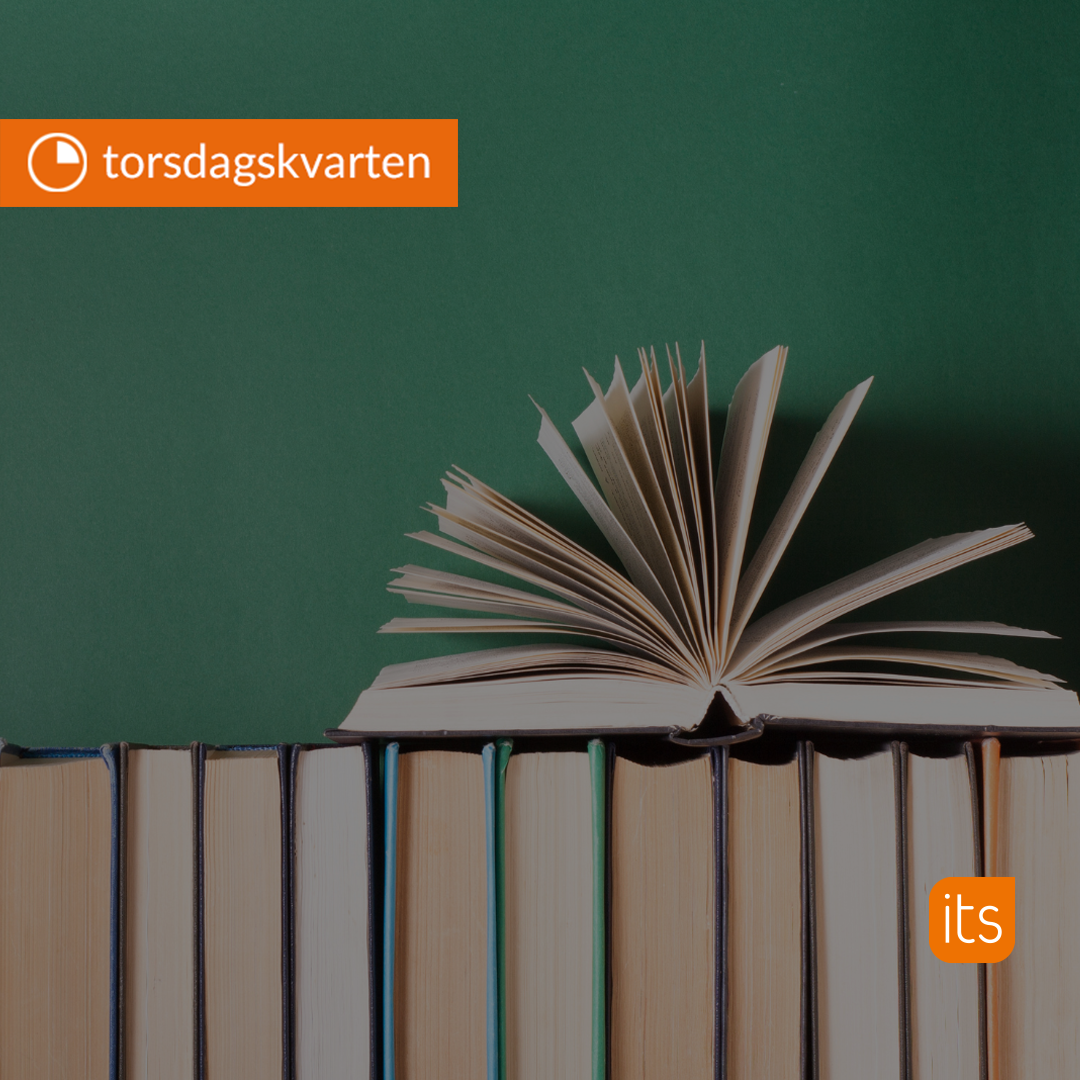Explore customer stories and how our products helped solve problems and meet their needs.
Digital information technology in the field of education
Translation generated by an AI translation service
New LOPS and learning environment
All providers of upper secondary education for young people across Finland will draw up a new upper secondary school curriculum by spring 2021. The curriculum will set out the teaching and educational work of the upper secondary school and students will draw up their personal study plan on the basis of it. The new curriculum will reflect local strengths and the local context more than before.
How to incorporate these local strengths into a genuine and goal-oriented learning process. selflearning makes both national and local curricula available to all teachers in an easy and streamlined way.
In the pedagogical interface of self-learning, the teacher selects the objective/objectives of the subject to be studied for his/her group and they are automatically recorded in the learners' learning history and assessment. The goal-oriented learning process, collaborative knowledge building, reflection, self- and peer-assessment, individual learning paths and teacher assessment feedback (summative and formative) are directly part of the learning process.
Goal-oriented learning process and assessment on a self-learning platform
A goal-oriented learning process and assessment are required to achieve the objectives of the learning modules. with more than 20 years of experience, self-learning offers teachers and learners a clear and pedagogically sound platform as a solution for multimodal and face-to-face learning. Objectives are found as individual objects that are integrated into the learning process. Assessment is based on visible competences and objectives. A transparent process ensures a fair and equitable learning experience and assessment for students.
Digital learning materials

Digital learning materials also play an important role in the targeted learning process. High-quality, licensed learning materials can be safely distributed to students in a self-learning learning environment. We have also introduced open learning materials in the self-learning library that are indexed to OPS objectives, meaning that teachers can easily find digital materials to support their teaching. Teachers can also share learning materials with each other in the Library. When teachers make a choice and decide to share materials with colleagues, their own institution or wider self-learning users, they can do so through the Library. Entire modules with materials and assignments can also be shared through self-learning.
Experiences of everyday life in distance learning
Last spring's period of distance learning demonstrated in practice the strength of the digital learning environment in achieving the OPS objectives. Through self-learning, students receive up-to-date feedback and support from the teacher during distance and blended learning. This has proven necessary in interviews with students and teachers in the light of the experiences of the Crown Spring. the 360 view of self-learning provides the teacher with up-to-date information on students' progress, time use, activity and grades at all times. An easy view of group and individual learner progress and communication creates a successful framework for distance learning and communication. All in one package and at one address.
Cloud sharing and security
Often teachers and learners are attached to familiar solutions. Tool-based cloud services with content production capabilities are familiar solutions for many. But what about objectives and assessment? In the case of self-learning, teachers and learners are simultaneously logged into a real learning environment and the training provider's cloud services. In this way, the best features of all the tools are part of goal-oriented learning and assessment within the self-learning learning environment.
Course evaluations given by the teacher are also automatically returned to the student management system. This is a big advantage for the teacher, who now does not have to do the same thing in different systems, but with standard interfaces and reliable data transfer, routine workflows during digitalisation are handled securely. itslearning has ISO 27001 data security certification, which guarantees secure use of GPDR data for all parties involved. All data owned by the teacher and learner is stored in the EEA.
How in practice?
We don't leave teachers and principals on their own, but with our support processes and applications that teachers are already familiar with, we bring real new digital added value to teaching, learning and assessment.
the process of implementing self-learning includes training and support from our professional online pedagogues. We are involved in both technical and pedagogical aspects to help our clients use the pedagogical learning environment and develop their skills.
We also offer peer support through client meetings, where new self-learning users can talk to teachers and students who have already started. All in all, self-learning offers its clients a comprehensive solution for learning guidance and assessment, from the objectives to the assessment.
itslearning's sophisticated and secure learning analytics tools provide teachers, principals, learners and carers with up-to-date and easy-to-read information on the development of competences in a goal-oriented learning process.
Teacher experience
Read below a developer teacher's report on digital platforms to support learning in upper secondary education and assessment. The author is Annukka Kosonen, a long-standing online educator, language teacher and teacher trainer from Alppilan lukio, Helsinki.
Learning is about interaction
Learning is always interactive, because in a classroom situation (whether face-to-face or distance learning) you are always working in a group. In a good group, all students have a learning objective and work together towards a common goal. Students support each other, they enjoy coming to class and the joy of learning is visible and heard in the group.
Group dynamics do not happen by themselves, as they always require a safe environment and work. The role of the teacher in building community is crucial and different forms of collaborative work (group work, collaborative documents and game-based elements) support community in both classroom and distance learning.
A successful learning environment is one where there is no fear of failure and where well-being and creativity flourish.
Assessment supports student well-being
Having high-quality digital solutions at their disposal and having internalised their pedagogical core saves teachers time from routine work - and leaves more time for quality feedback. Quality feedback is continuous and motivating, and is not linked to the personality of the student. It is not just focused on pointing out mistakes, but gives the student tools to further develop his/her mastery of the subject matter and, above all, his/her study skills.
At the same time, students also learn to assess their own skills, set their own goals and evaluate others. Peer feedback also develops students' interpersonal and empathy skills and leaves time for the teacher to give personal feedback on particularly challenging tasks.
When students know they are getting quality and timely feedback on their learning, they can focus on what really matters - the joy of learning. Quality feedback creates well-being for students.
Digital solutions to support teachers
In this exceptional period, the construction and summative assessment of test arrangements is not always straightforward, but with the right digital solutions, this is also made easier. The teacher should not spend all his or her energy searching for different student performances or recording their results. Nor should the teacher spend time adding up the marks for different tasks or other equally irrelevant things. The role of educational technology is to support the teacher's pedagogical decisions and leave him or her time to develop his or her own teaching. With the new curriculum coming into force, the teacher's well-being should not be forgotten either!


-1.jpg)